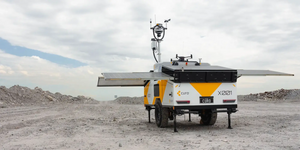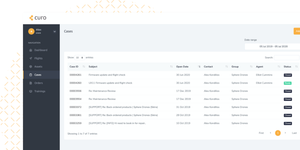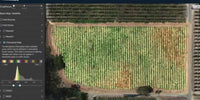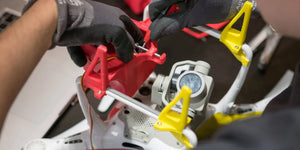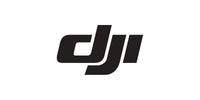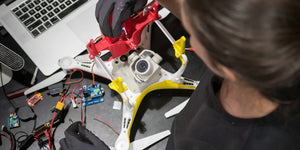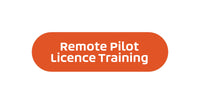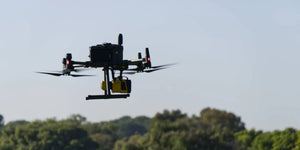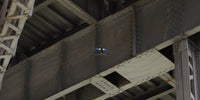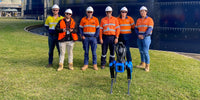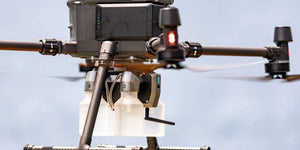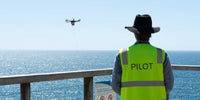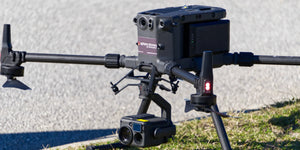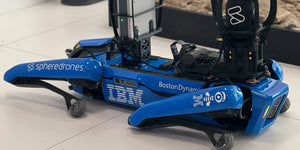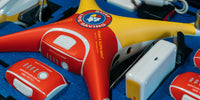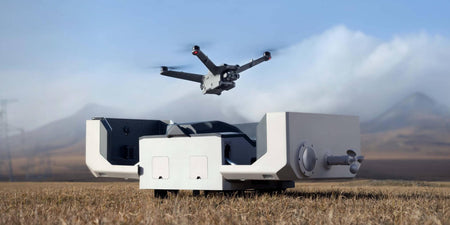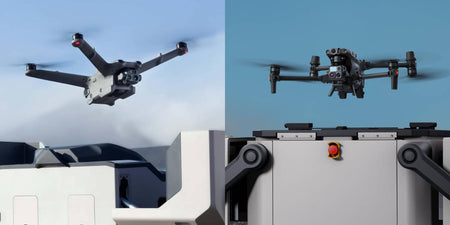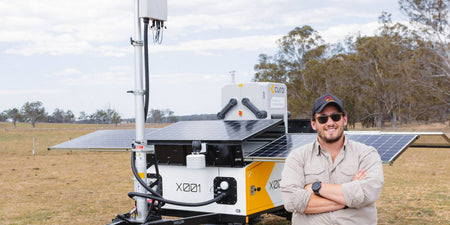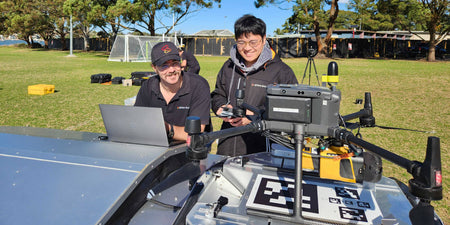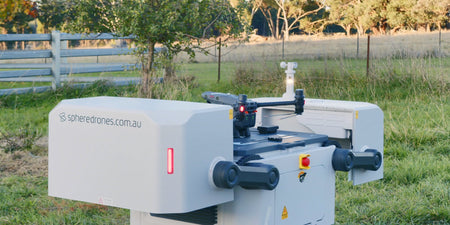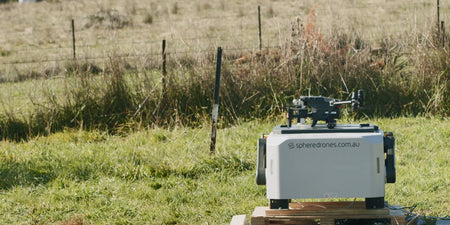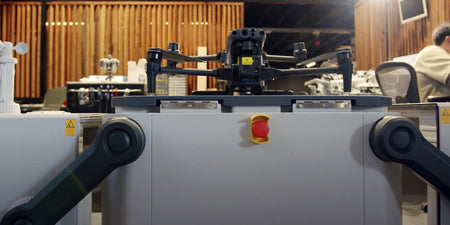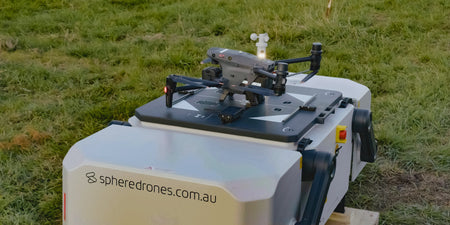Welcome to the first episode in our DJI Dock 2 series where we will explore the new Dock 2 and Matrice 3D series from DJI, as well as take you through Dock 2's integration with our Hub drone solutions, HubX and HubT.
In this episode, we are going to take a closer look at the Dock 2 and explore its key features and improvements.
DJI Dock 2's key features and improvements
Lightweight and compact design
DJI Dock 2 boasts a 68% reduction in weight and a 75% reduction in volume compared to its predecessor, Dock 1. This streamlined design enhances portability and ease of deployment, making it an ideal choice for Drone-in-a-Box (DiaB) operations.
Superior performance and reliability
DJI has redesigned both the Dock 2 and Matrice 3D to seemlessly work together. Dock 2's new sloped design improves landing reliability acting more as nest that can physically guide the drone in when required.
Additionally, Dock 2 features a suite of environmental sensors, including wind speed, rainfall, temperature, and humidity alongside cameras for live monitoring. All of this data is accessible through DJI’s FlightHub 2 software, which allows you to plan and execute flights.
New use case enablement
Housed in Dock 2 are two new drones, Matrice 3D and Matrice 3DT. The improved drones enable new surveying use cases while improving data quality and flight time. Both feature wide angle and tele cameras, while the Matrice 3D's wide angle camera has a mechanical shutter, and the Matrice 3TD adds a thermal sensor.
Stay tuned for future episodes as we explore Dock 2 further, take a look at the new Matrice 3D series, and look at Dock 2's integration with our Hub drone solutions, HubX and HubT.
If you are interested in exploring remote operations or a drone-in-a-box solution for your business, get in touch with a member of our team.
